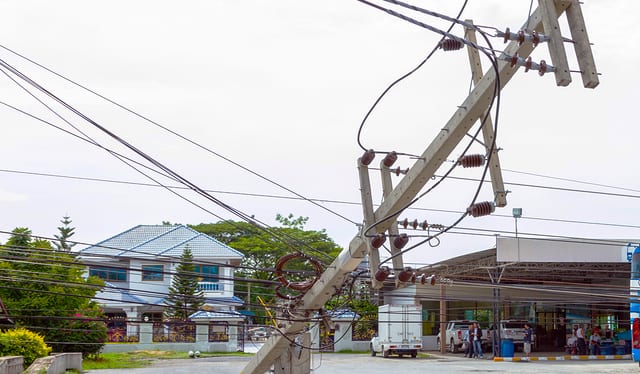Far too often, businesses fall into the trap of confusing disaster recovery with data protection. The uninitiated call back memories of their school years, i.e. the failure of their hard drive one week before the thesis deadline. While that is an unfortunate situation, it’s not what disaster recovery is about. The three things most people confuse with disaster recovery are backups, archives, and replication.
So… what exactly are they?
Backups: copies of files saved routinely – in case of accidental deletion or corruption. (Hint: consider that master spreadsheet you don’t edit directly.)
Archives: files saved for long term retention, usually containing old or inactive information. (Records kept for records’ sake.)
Replication: files saved in a file system like DropBox, where your data is in two places at the same time, but an edit in one spot is automatically synchronized with the other. (However, this does mean mistakes are replicated.)
Although backup is part of a disaster recovery plan, we are talking about a much bigger catastrophe than a hard drive failure or connectivity outage.
Disaster recovery is literally about major environmental disasters, building disasters, long-term utility failures or infrastructure failures. For example, a flood knocks out your building’s power for weeks. Suddenly, you would be looking at a whole new set of problems that went way beyond whether your company had a weekly backup routine. Is there an alternate work site?
Was your data center affected? How long can your customers wait? What about your vendors? Manufacturers? As you can see, we’ve gone way past a hard drive failure. A disaster recovery strategy takes all of the above into account to formulate a response to these disasters. The strategy will include both a recovery time objective (RTO) based on the answer to the question, “How long can my business be down for?” – and a recovery point objective (RPO), based on the answer to, “How much data can I afford to lose?”
For instance, strictly speaking for myself, I can afford to be down for 4 hours (RTO), and I can lose no more than about a day’s worth of emails (RPO).
These numbers will be different for everyone, depending on their needs and customer expectations.
These questions will make you take a good, hard look at your business priorities and do a cost-benefit analysis for each component.
If every hour of downtime costs you $1,000, it helps to know which services to restore first. This may even convince you to move your most essential operations completely off-site and into a professional data center like ours.
Access One’s data centers are designed with business continuity in mind. They have state-of-the-art security, fire detection, power redundancy and climate control. And because we conduct regular maintenance and server upgrades, the cost and worry of maintaining your own systems essentially vanishes, so you can focus on what you do best: your product. So, before you think about sinking more money into your aging in-house server, look into alternatives like going off-site. It could very well save your business.














